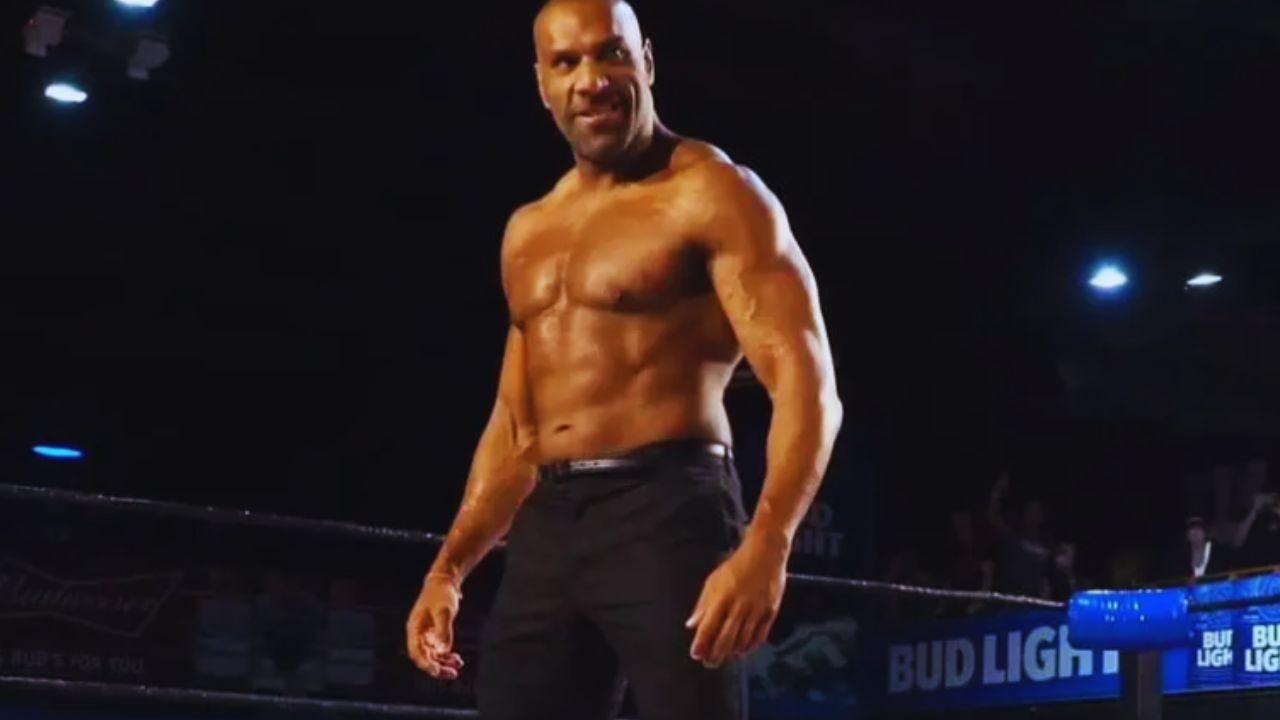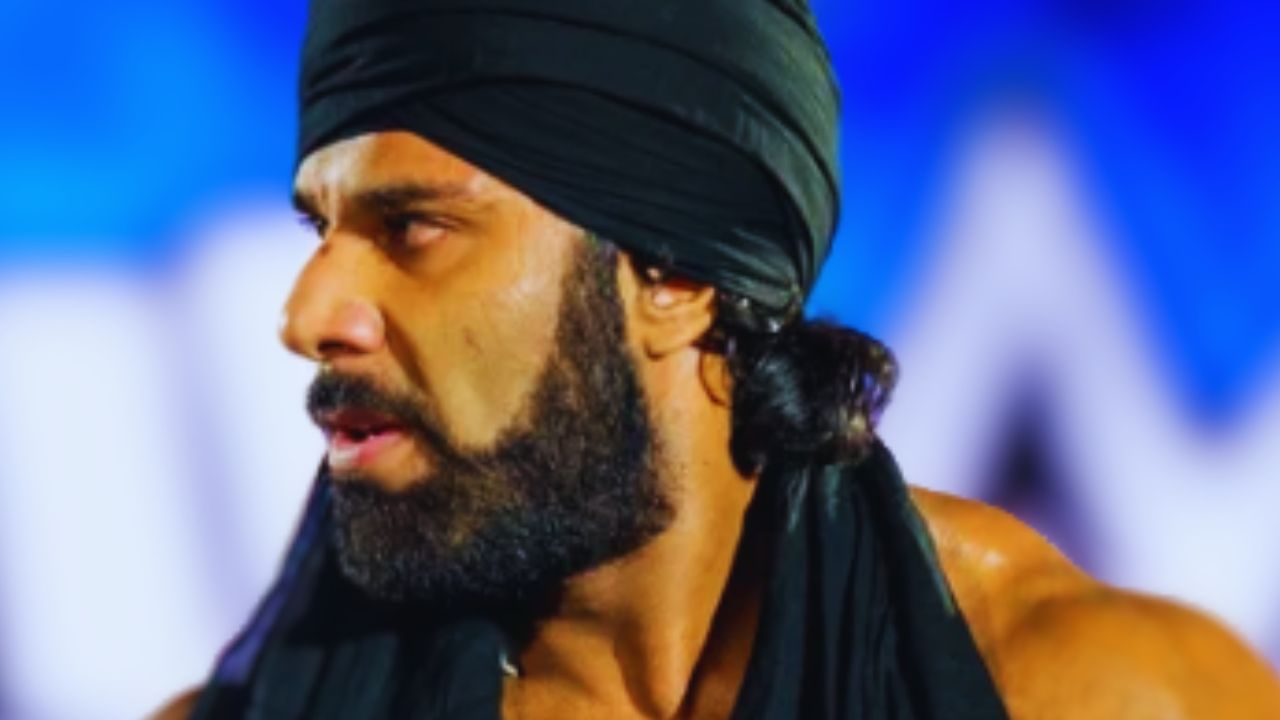After Jinder Mahal won the WWE Championship in 2017, the company had to come up with creative methods to intensify its rivalry with Randy Orton. Drawing on Mahal’s roots in India, WWE brought back the Punjabi Prison Match after ten years. Although the match holds historical and cultural importance, Mahal has expressed that he did not find the experience enjoyable.
The painful experience
“The Punjabi prison match sucks. It’s terrible,” Mahal confessed to Chris Van Vliet on his “Insight” podcast. “It’s so hard. The inside cage is the blue old-school cage. You can deliver the hardest blow without causing any sound at all. It was awful, and then only the audience’s response, they couldn’t actually make out the individuals in the arena. There are a couple of cages. So when we’re on the inside, there’s two cages they couldn’t really see. And it was just painful. Kendo sticks, chair shots, everything.”
Mahal’s stark criticism sheds light on the physical and logistical challenges of the match. The two-cage structure not only hindered the wrestlers’ visibility but also dulled the impact of their actions, making it difficult to engage the live audience.
The great khali’s dramatic return
The 2017 Battleground pay-per-view event is most notable for the comeback of WWE Hall of Famer The Great Khali. During the most intense part of the match, Khali’s intervention played a vital role in ensuring that Mahal kept his title by stopping Orton from getting away.
However, orchestrating Khali’s return was no easy feat. Given his towering presence, WWE went to great lengths to keep his involvement under wraps. “They have the Punjabi Prison tarped off and all the way from the roof. Kick everybody out of the bowl, no security guard, no one’s in there. But they’ve got to get Khali ringside to rehearse. So, they like wheeled him in on basically like a buggy between crash pads, what are you guys doing? They tried their best to hide him, but everybody saw him,” Mahal recounted with a laugh.
A match marred by obstacles
Mahal’s reflections on the Punjabi Prison Match highlight the inherent difficulties of such an elaborate setup. The match’s structure, combined with the necessity for secrecy regarding Khali’s return, created a multitude of obstacles. From physical pain to logistical nightmares, the match was a test of endurance for Mahal and Orton.
Audience disconnect
One of the most significant issues Mahal mentioned was the disconnect with the live audience. The double-cage structure made it nearly impossible for fans to see what was happening inside, resulting in a lackluster crowd reaction. “The crowd couldn’t really see the people in the arena. There’s two cages. So when we’re on the inside, there’s two cages they couldn’t really see,” Mahal explained.
This visibility issue not only affected the wrestlers’ performance but also diminished the overall excitement and engagement of the match. For an event designed to captivate and thrill, this was a major drawback.

Behind-the-scenes struggles
The efforts to keep Khali’s return a surprise were just as difficult behind the scenes. The creative team of WWE took drastic measures to conceal Khali by cordoning off the Punjabi Prison and clearing out the arena. Despite their best efforts, Khali’s presence was still detected by some.
“They tried their best to hide him, but everybody saw him,” Mahal noted. This anecdote underscores the difficulty of keeping secrets in an environment as dynamic and public as professional wrestling.
Legacy of the match
Even with its faults, the 2017 Punjabi Prison Match is still a significant moment in WWE’s past. Mahal’s honest thoughts provide a unique insight into the truths behind one of wrestling’s most famous battles. His story details the impact on his body, difficulties engaging with the audience, and the hidden battles that shaped the event.
Though the match might not have been Mahal’s top choice, it definitely proved to be crucial for his career and the storytelling of WWE. The reappearance of The Great Khali brought an unexpected turn of events, securing the match’s legacy in wrestling history.




